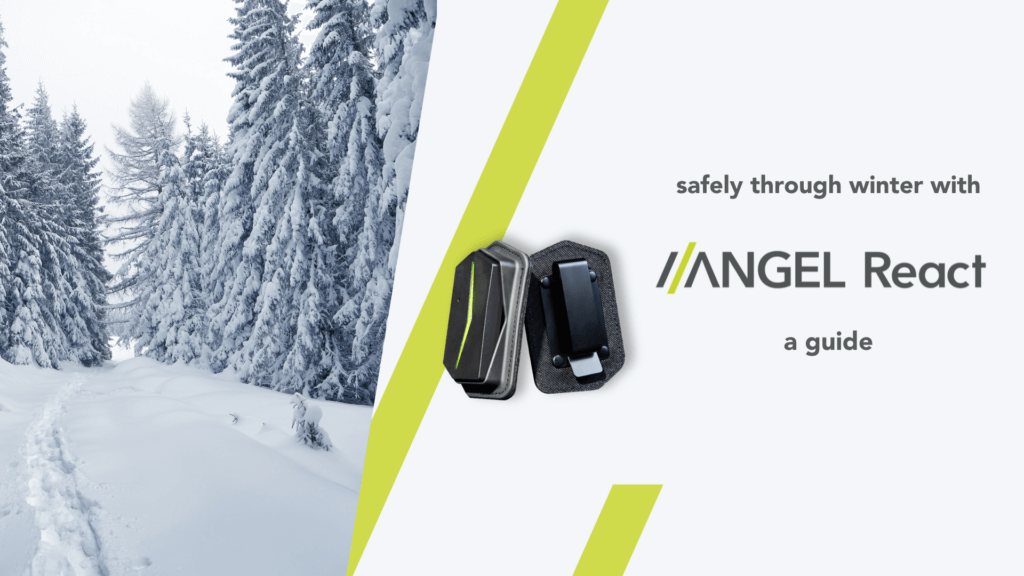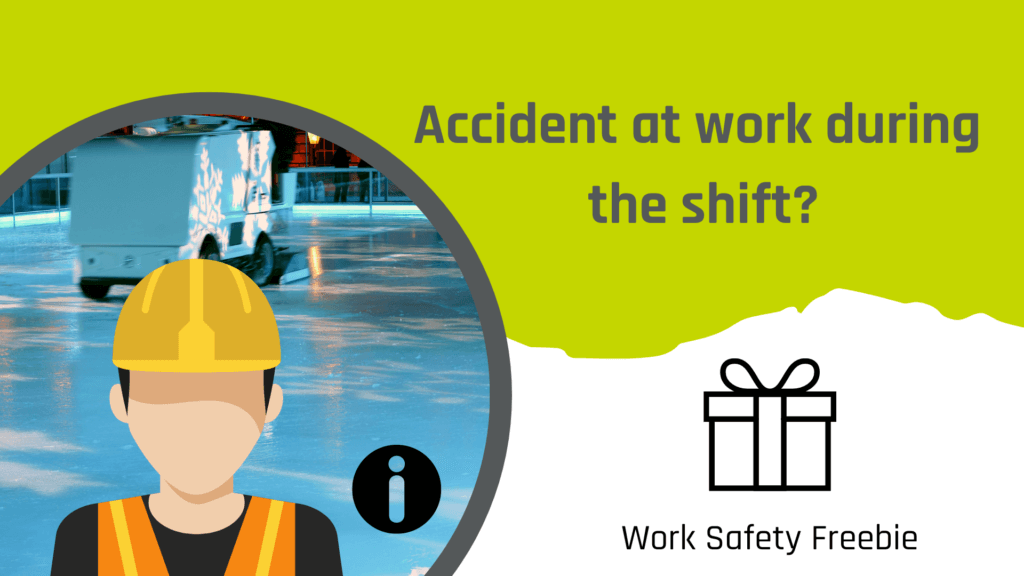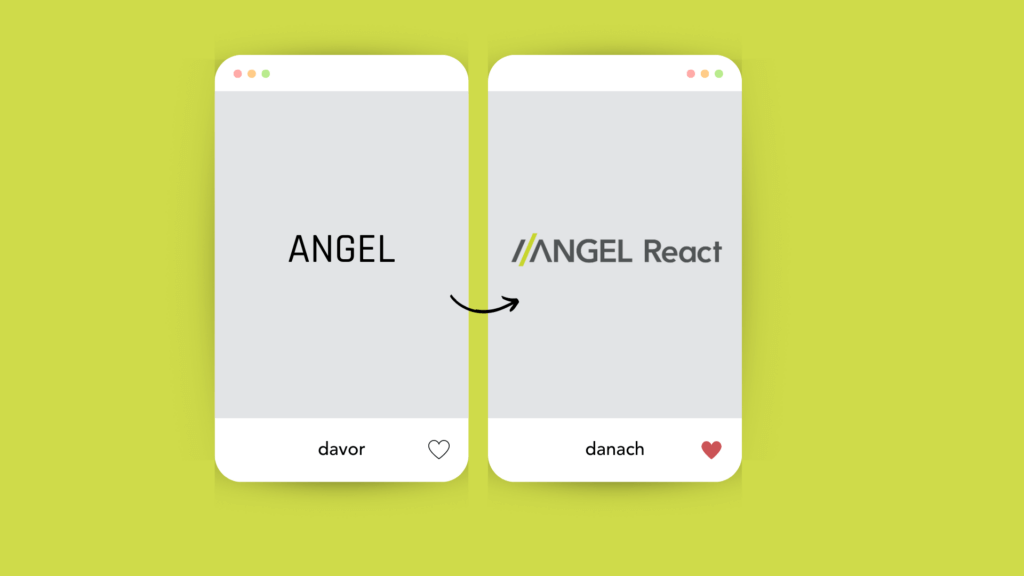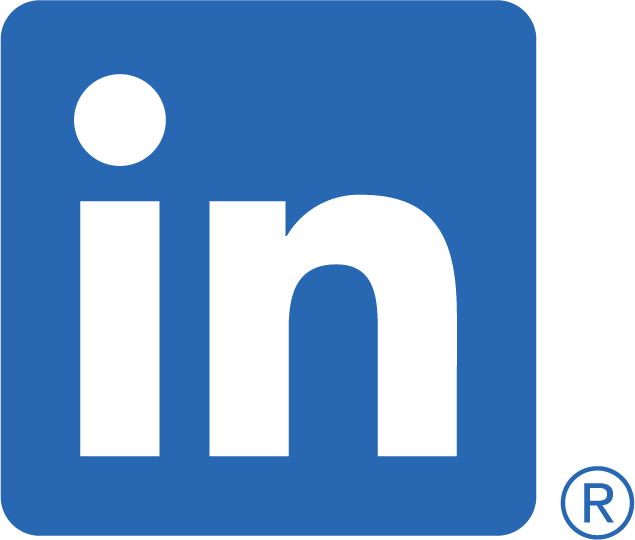The hazards of electrical accidents
The invisible danger – the risks of electricity
Electricity has changed the world. But it may also change your world if specific safety rules are ignored. Despite many well-documented, life-threatening, and often lethal electrical accidents, electricity’s danger is still underrated and belittled. Why? Because electricity is odorless, invisible, and cannot be detected with our human senses. In the proverb „Out of mind, out of sight, “we forget its dangers. It is precisely for this reason that constant and repetitive awareness-raising measures regarding electrical accidents are instrumental, even so for the experienced because routine is a common reason for accidents.
Nonetheless, even experienced workers often don’t know in which condition they find an electrical installation. Most electrical accidents are caused by low voltage. Houses are usually equipped with alternating current of 230 volts, and with direct hand-hand contact, several hundred milliamperes can flow – cardiac arrhythmia may already occur from 2.5 milliamperes, 3.0-5.0 milliamperes may lead to a respiratory arrest for the duration of current flow through the body. The likeliness of an electrical accident is 2-3 times higher than of other accidents.
Injuries due to electrical accidents – manifold and undetected
Electricity is invisible, and its repercussions on the body are manifold and often not immediately visible. For instance, an electric shock burst red blood cells, hemoglobin leaks out, which may finally lead to kidney failure. Higher amperage may lead to electrolyte abnormalities in our blood, which in return lead to gas bubbles, possibly ending in life-threatening vascular obstruction.
An electric shock further contracts our lungs and diaphragm, leading to difficulty breathing or even respiratory arrest, consequently leading to unconsciousness. Electricity flowing through our body additionally causes our muscles to convulse. Our body may be trapped in the electric circuit, and muscles may be strained or torn. Muscular convulsion and the escape rebound may lead to secondary injuries, i.e., bruises, sprains, and fractures.
Additionally, electric shocks may leave entry and exit marks on our bodies. These are often high-degree burns, depending on amperage. Electrical accidents may finally cause cardiac arrhythmia or ventricular fibrillation. Although the heartbeats it doesn’t pump enough blood, leading to cardiac arrest is its last consequence.
Ventricular fibrillation & its consequences
Every accident at work has to be registered, first and foremost, to treat consequential injuries by a professional medical team. As mentioned above, not all injuries are immediately felt or seen; for instance, ventricular fibrillation may occur only hours after the accident. Electrical mini-impulses make our heartbeat. However, an electric shock tosses our electrolyte balance off, and the electrical mini-impulses necessary for our heart peter out over the following hours. Once the impulses are not strong enough, our heartbeats irregularly jump or flickers.
Conclusion
One of the basic safety rules for working with the hazardous current is wearing appropriate protective clothing. ADRESYS has developed the ANGEL system as additional protection. Every millisecond counts to avoid long-term and life-threatening injuries such as ventricular fibrillation or sepsis in an electric accident. Attached to your T-shirt sleeve, ANGEL guards over you and automatically calls help in case of an electric accident or fall. It forwards the latest GPS-data automatically to your colleagues, rescue & medical teams. With ANGEL, you feel safe even when working on your own.

Ready for an emergency: A guide to emergency call systems and first aiders
Winter has arrived and brings with it an increased risk of accidents. Whether it’s icy roads or poorly lit paths, the cold season requires even more safety measures. In the following blog post, you can find out how to get your company safely through the winter months.



 ADRESYS
ADRESYS  ADRESYS
ADRESYS  ADRESYS
ADRESYS  ADRESYS
ADRESYS